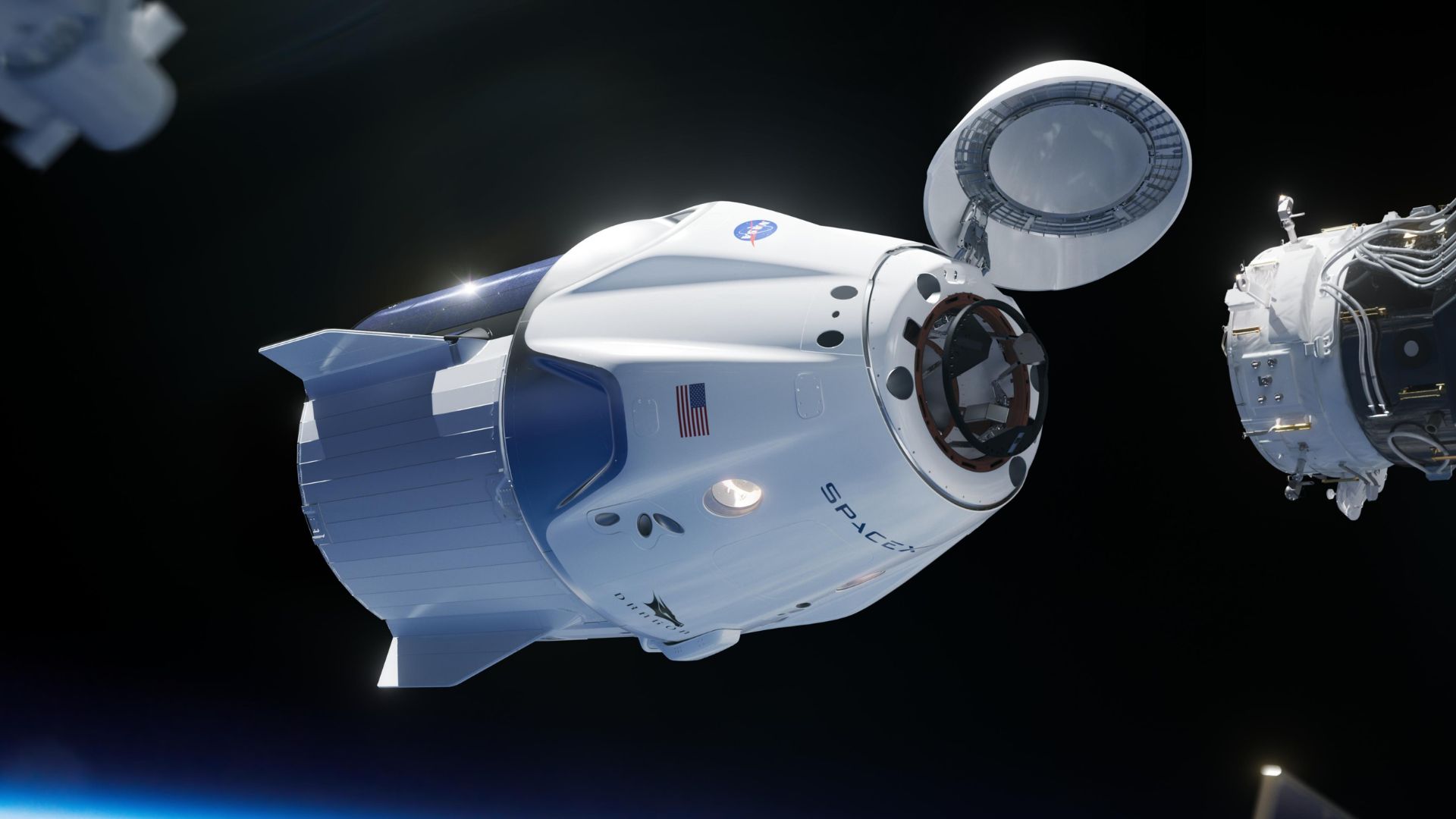NASA Astronauts Are Still ‘Stuck in Space’ (Kind Of)
On June 5, NASA astronauts Butch Wilmore and Suni Williams launched from Florida on Boeing’s Starliner spacecraft. This mission, which had faced multiple delays, was meant to last about a week.
The excitement was palpable as Starliner embarked on its first crewed mission, showcasing the potential for future regular trips to the ISS.
Encountering Unexpected Issues
Shortly after launch, however, the Starliner experienced helium leaks, a problem that had been monitored before takeoff. These issues caused a delay in the spacecraft’s final approach to the ISS.

Source: NASA/Kim Shiflett/Wikimedia Commons
Despite this, the astronauts managed to dock safely on June 6, demonstrating their skill and the spacecraft’s resilience under pressure.
Extending the Mission Duration
Originally planned as a 10-day mission, the Crew Flight Test (CFT) was extended due to the spacecraft’s technical issues. By July, Wilmore and Williams had spent over 45 days in space, living off existing reserves of food, oxygen, and other critical supplies.

Source: NASA/Joel Kowsky/Wikimedia Commons
NASA emphasized the astronauts’ safety, noting that their spacecraft was performing well despite the challenges.
Thruster Problems and Solutions
NASA and Boeing discovered that the thrusters in Starliner’s reaction control system were overheating, causing insulation to bulge and shed Teflon. This restricted propulsion flow, explaining the thruster issues during docking.

Source: Bob Hines/NASA/Wikimedia Commons
Ground tests at White Sands Test Facility in New Mexico provided crucial data to address these problems.
Emergency Preparedness on the ISS
On June 26, space debris from a Russian satellite prompted an emergency protocol on the ISS.

Source: Getty Images
All crew members, including Wilmore and Williams, prepared to shelter in their return spacecraft.
Monitoring Helium Leaks
Helium leaks, though manageable, continued to be a focus for NASA and Boeing. These leaks are not uncommon in spacecraft, and both agencies worked diligently to understand and resolve the issue.

Source: Bob Hines/NASA/Wikimedia Commons
Starliner’s extended stay at the ISS allowed engineers to conduct thorough tests and gather essential data.
Positive Signs from Recent Tests
On July 27, NASA and Boeing conducted another hot fire of Starliner’s propulsion system. Early indications showed that 27 out of 28 thrusters performed to specification.

Source: NASA/Wikimedia Commons
This successful test boosted confidence in the spacecraft’s capability to return the astronauts safely to Earth.
Communication and Transparency
During a press conference on June 28, NASA and Boeing addressed concerns about the lack of updates, emphasizing their focus on troubleshooting the spacecraft’s issues.

Source: Wikimedia
Steve Stich, manager of NASA’s Commercial Crew Program, reassured the public that Wilmore and Williams were safe and that the team was making great progress.
Starliner's Unique Role
Starliner’s mission is crucial for developing a reliable US-made spacecraft for transporting crew to the ISS. The insights gained from this mission will inform future operations and improvements.

Source: NASA/Wikimedia Commons
Despite the current challenges, NASA and Boeing remain committed to the success of the Starliner program.
Backup Plans and Safety Measures
NASA has a backup plan involving SpaceX’s Dragon spacecraft, though it is not currently needed.

Source: NASA/SpaceX/Wikimedia Commons
Both NASA and Boeing have emphasized that safety is the top priority. The decision to return Wilmore and Williams will be made based on comprehensive data and rigorous testing.
Astronauts’ Confidence in the Mission
Wilmore and Williams have expressed confidence in the mission’s progress.

Source: NASA/Wikimedia Commons
“Everything’s in place, as far as what we know now,” Wilmore said on July 10. The astronauts are prepared to return home when the time is right, assured that the necessary steps are being taken for their safety.
Looking Ahead to Future Missions
Starliner’s mission has provided invaluable learning opportunities for NASA and Boeing. As engineers continue to address the spacecraft’s issues, future missions will benefit from the insights gained.

Source: NASA/Wikimedia Commons
However, the important thing now is to ensure the safe return of Wilmore and Williams.
